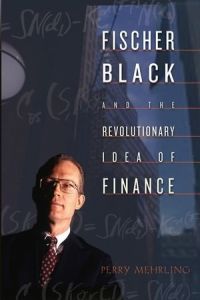Join getAbstract to access the summary!

Join getAbstract to access the summary!
Perry Mehrling
Fischer Black and the Revolutionary Idea of Finance
Wiley, 2005
What's inside?
Fischer Black`s ideas created a revolution in finance, almost in spite of his aloof personality and contrarian approach.
Recommendation
Author Perry Mehrling’s excellent book is not merely a biography of Fischer Black, but also the story of the main threads of economic thought during the late twentieth century. More than that, it is the story of the economics profession, and of the great role that politics and personality plays in the acceptance of ideas. It is astonishing to learn how ruthlessly the profession excluded Black’s ideas, although he was one of the most incisive economic and financial thinkers of his time, and it is inspiring to see how relentlessly and quixotically Fischer Black continued to press them. The parts of the book that are generally accessible are also fascinating. Unfortunately, far too little of the volume is accessible to the average business reader. Mehrling does a less than adequate job of explaining the great themes of Black’s life and thought to lay readers. He notes the importance of the Capital Asset Pricing Model in Black’s philosophy, but his account of the model will leave noneconomists scratching their heads. The same must be said of his account of other economic subjects. While getAbstract.com finds that only readers with a fairly deep understanding of economics can reap this book’s full harvest, that caveat should not deter the general reader from gleaning.
Summary
About the Author
Perry Mehrling is Professor of Economics at Barnard College of Columbia University. He is also author of The Money Interest and the Public Interest: American Monetary Thought, 1920-1970.


















Comment on this summary